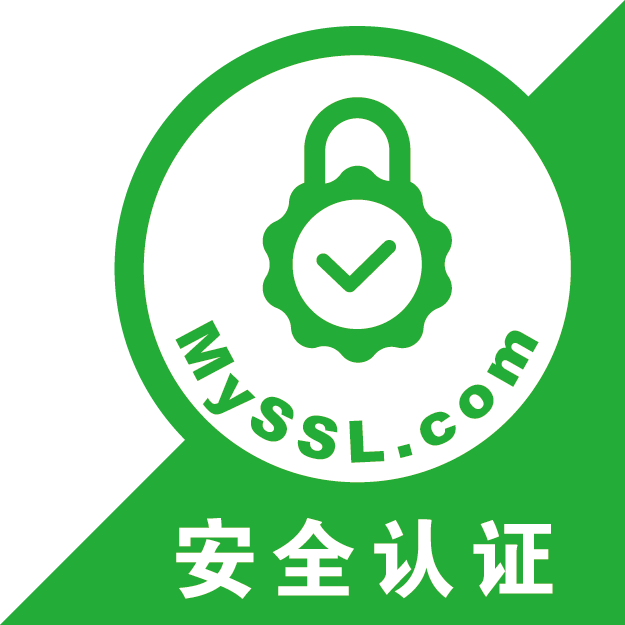Axios请求
- create-react-app创建项目
- 然后准备要安装的项目依赖(也就是axios的项目依赖)
cnpm install axios --save - 数据接口 : https://5b5e71c98e9f160014b88cc9.mockapi.io/api/v1/lists
注意:接口中的数据为
[{
"id": "1",
"name": "小红",
"age": 20,
"sex": "女"
}]App.js
// 定义url 为接口值
let url = 'https://5b5e71c98e9f160014b88cc9.mockapi.io/api/v1/lists';
// 使用get的方法请求接口
axios.get(url)
// 回调函数 .then 为如果请求成功了将返回res
.then((res) => {
let data = res.data;
// 更新状态,将接口中的数据赋值给gisUrl
this.setState({
gisUrl : data[0].name
})
}
)
// 回调函数 .catch 捕获错误信息并将错误信息打印出来
.catch((error) => {
console.log(error);
})
fetch数据请求
fetch数据请求不需要安装依赖包。
本地数据请求
首先我们访问的本地 json 文件放在 public 文件夹下。(记住:一定要放在 public 文件夹下面,不能放在 src 下面,放在 src 下面是找不到的)
创建一个 data.json 的文件
data.json
[{
"name":"陈威",
"password":"123456"},
{"name":"超帆",
"password":"123456"
}]
请求核心代码
// 定义url
let url = "./data.json";
fetch(url,{
// 定义是GET请求还是POST请求
method:"GET",
// 允许跨域请求
mode:'cors',
// 设置请求头(下面的意思是只能请求json格式的数据)
headers: {
"Content-Type": "application/json"
}
})
// 请求成功返回数据
.then(function(response) {
// 将请求来的数据进行json解析
return response.json();
})
.then(function(data){
console.log(data);
})
// 请求失败返回错误信息
.catch(function(e){
console.log("Oops, error",e);
});
服务端数据请求
在开发中,我们会访问服务端的数据,和本地数据请求类似。
const url = "";
const canshu1 = "";
const canshu2 = "";
fetch(url, {
// POST请求
method: 'POST',
// 允许cors跨域请求
mode: 'cors',
// fetch事实标准中可以通过Header相关api进行设置
headers: {
//
'Content-Type': 'application/x-www-form-urlencoded'
},
// 添加到url里的参数
body: "canshu1="+canshu1+"&&canshu2="+canshu2
})
// 如果成功了进行json解析
.then(response => response.json())
// 我们实际上获取的其实的data里的数据
.then(function(data){
return data;
})
// 如果失败了就返回错误信息
.catch((ex) => console.log('parsing failed', ex))
fetchJsonp
安装依赖 npm install fetch-jsonp ;
引用依赖 import fetchJsonp from 'fetch-jsonp';
首先安装项目依赖
此方法只支持GET方法,而且方法基于ES6的Promise实现:
fetchJsonp('/访问的地址.jsonp')
.then(function(response) {
return response.json()})
.then(function(json) {
console.log('parsed json', json); })
.catch(function(ex) {
console.log('parsing failed', ex) })
这样就可以实现跨域请求,还支持then方法异步处理,是不是特别简单。
